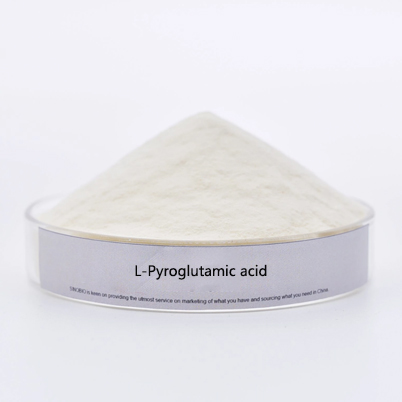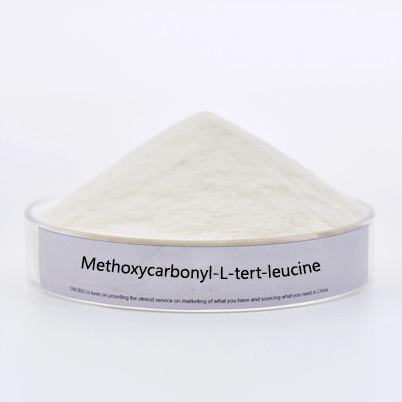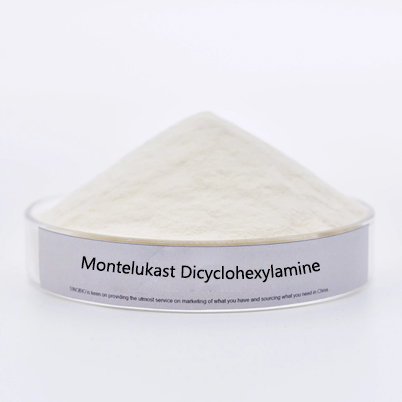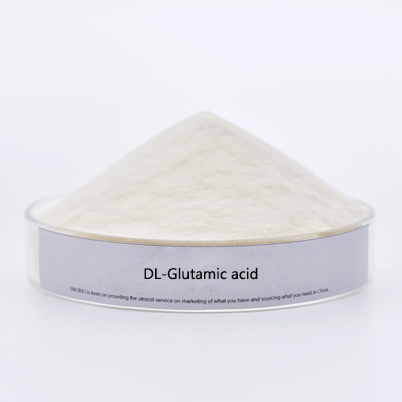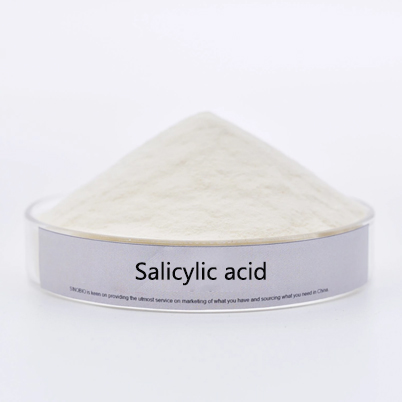- E-mail : info_medicalmarketing@jindunmedical.com
- Phone : +86 21 64057580
- Address : Shanghai China
Montelukast sodium, why is the US FDA black box warning?
Montelukast sodium is a selective oral leukotriene receptor antagonist developed by Merck in 1998, which can specifically inhibit the cysteinyl leukotriene receptor. It is applicable to the prevention and long-term treatment of asthma in adults and children, including the prevention of daytime and nighttime asthma symptoms, the treatment of aspirin sensitive asthma patients, and the prevention of bronchoconstriction caused by exercise.
Clinicians should be more alert to new adverse drug reactions
A 3-year-old girl presented to the outpatient clinic with an intermittent cough for more than a month. After examination, the child was considered to have a chronic cough and was given medication and advised to chew a tablet of montelukast sodium at night. The child's mother immediately said, "No, my child has a strong reaction to montelukast, and after taking it, he will show a lot of yelling and irritability at night."
The number of children who visit the clinic in winter for cough, asthma and rhinitis is particularly high, and montelukast sodium, a "miracle drug" used for respiratory diseases, is used in large quantities in clinical practice. A simple search of a data knowledge platform for the keyword "montelukast" yielded 1,053 pages and 10,524 related articles.
The articles retrieved not only used montelukast sodium for asthma, cough variant asthma, post-infection cough, allergic rhinitis, capillary bronchitis, wheezing bronchitis, occlusive bronchitis in children and other respiratory diseases, but also for the prevention of other diseases such as chronic urticaria, milk protein allergy, mycoplasma infection, whooping cough, bronchopulmonary dysplasia, etc.
However, on March 4, 2020, the U.S. Food and Drug Administration (FDA) issued a "black box warning" on montelukast sodium (Figure 2 below): montelukast sodium can induce serious neuropsychiatric adverse events and its use in the treatment of allergic rhinitis is recommended to be restricted.
The adverse reactions of montelukast sodium have been less reported in the past, but at present, the clinical use of montelukast sodium is large, and there are many cases of use beyond the instructions, so the adverse reactions of montelukast sodium need our great concern.
Montelukast sodium was marketed in the United States in February 1998 and was approved by the State Food and Drug Administration in 1999 before being marketed in China in 2002. Montelukast sodium is a selective leukotriene receptor antagonist, a class of non-hormonal anti-inflammatory drugs, which can inhibit leukotriene activity in airway smooth muscle and prevent and inhibit leukotriene-induced increase in vascular permeability, airway eosinophil infiltration and bronchospasm.
In the course of clinical application, they are taken for as short as 5-7 days or as long as 1-3 months, thus, it is essential for us to understand the adverse effects during their clinical use.
Montelukast sodium is involved in
Neuropsychiatric adverse reactions
The main reported neuropsychiatric adverse reactions are aggressive behavior, abnormal excitement, anxiety, depression, inattention, hallucinations, sleepwalking, insomnia, abnormal night dreams, psychomotor overactivity, suicidal tendencies, convulsions, dizziness, headache, and numbness of the extremities [1].
A 5-year-old 10-month-old boy, who was administered montelukast sodium for the relief of cough symptoms, experienced adverse reactions: poor sleep at night, frequent awakening during sleep, and excitement and occasional screaming upon awakening, which returned to normal after 4 days of discontinuation of the drug [2].
In a 13-year-old child with asthma, fear, hallucinations and anxiety occurred during the application of montelukast sodium, and the symptoms improved rapidly after stopping the drug [3].
In a 17-year-old girl, after using montelukast sodium for 2 weeks for persistent dry cough, she showed symptoms of cold sweats and tinnitus, and then the symptoms gradually worsened and were accompanied by depression, insomnia and anxiety, often feeling suppressed and ostracized, persecuted and occasionally suicidal. After 1 week of discontinuation, the patient's symptoms of cold sweats, tinnitus and insomnia were significantly improved, and the depressed mood and persecution delusions improved. 1 month later, the patient's mental condition was normal, and no more serious depressed mood, persecution delusions and suicidal thoughts were observed [4].
A study conducted a statistical analysis of the temporal correlation of psychiatric reactions to montelukast and found that adverse reactions occurred mostly within 2-7 d of drug administration, with the earliest occurring within 30 min and the longest occurring 3 years after drug administration [5]. Most of them showed improvement after discontinuation of the drug, but there were also cases where the symptoms worsened after discontinuation of montelukast sodium, similar to acute withdrawal reactions.
Why do psychiatric reactions occur?
It has been suggested that the mechanism of montelukast sodium-induced psychiatric adverse reactions may be related to its causing increased permeability of the blood-brain barrier and reduced production of neurotransmitters such as 5-hydroxytryptamine and norepinephrine [6].
It has also been suggested that leukotriene receptors are present in the brain and can be overexpressed during repair of specific pathological conditions in the brain, and that montelukast causes psychiatric disorders by blocking leukotriene receptors and thereby impeding brain repair [7].
It has been suggested that montelukast sodium binds to cysteine leukotriene receptors to produce nitric oxide, which has toxic effects on brain tissue, and is more likely to lead to increased excitability and even hallucinations when administered to pediatric patients due to the imperfectly developed blood-brain barrier [8].
It is worth noting that
Although the mechanism by which montelukast sodium causes neuropsychiatric adverse reactions is uncertain, it is essential to be vigilant in clinical use of the drug based on the increasing number of clinically reported cases and manifestations of adverse reactions.
In particular, for patients with a history of psychiatric disorders, when using montelukast sodium to improve their existing disorders, close attention should be paid to the psychiatric abnormalities caused by the drug, and if there is a relapse or aggravation of psychiatric symptoms, it should be considered that it may be related to montelukast sodium, and timely treatment should be given.
In addition to psychiatric reactions, other adverse reactions of montelukast sodium also require attention.
i. Skin and its accessory organs: such as the appearance of pruritus, rash, urticaria, aspergillosis, petechiae, contact dermatitis, etc.
ii. hepatobiliary system: such as the appearance of liver injury [9], jaundice, etc. Montelukast sodium is metabolized by the liver and excreted by the bile, and the toxicity of the drug or metabolites to the liver is relevant.
Third, the digestive system: such as the appearance of diarrhea, anorexia, vomiting, nausea, and even pancreatitis.
Fourth, the urinary system: the emergence of enuresis, hematuria, urinary difficulties, etc. For example, Yang Mingming et al. reported a case of a 5-year-old 6-month-old girl who was given montelukast sodium for cough variant asthma. 36h after taking the drug, the kindergarten teacher found that the child developed daytime urinary incontinence with nocturnal enuresis, averaging 1~2 times/day for 1 week. After stopping the drug for 48h the child's enuresis disappeared, and the child did not have any further enuresis or incontinence symptoms at regular follow-up for 1 year [10].
V. Respiratory system: dyspnea, coughing up blood and coughing.
VI. Hematologic system: eosinophilia, leukopenia, etc.
Others: such as hyperlipidemia, fatigue, headache, earache, visual distortion, arthralgia, eyelid angioedema, etc.
Caution is needed when applying beyond the instructions
The US FDA approved montelukast sodium for patients aged 6 months and older with perennial allergic rhinitis, 2 years and older with seasonal allergic rhinitis, 12 months and older for the treatment and prevention of asthma and 6 years and older for the prevention of exercise-induced asthma [11].
Montelukast sodium chewable tablets instructions: for children 2 years and older.
Granules instructions: for children 1 year and older.
According to the drug insert, the pediatric dosing item of montelukast sodium suggests that safety and efficacy studies have only been conducted in children aged 6 months to 14 years, with no clear dosage given for children younger than 1 year, and the safety and efficacy in pediatric patients younger than 6 months has not been studied.
Therefore, according to the drug's instructions, the use of chewable tablets in children under 2 years of age is beyond the instructions, at which point, if the age is consistent with being over 1 year of age, granules may be used.
We clinicians should also be aware of drug precautions during use.
Not for use in acute asthma attacks, including persistent asthma.
Do not suddenly replace inhaled or oral corticosteroids with montelukast.
Not indicated for the treatment of bronchoconstriction due to aspirin or non-steroidal anti-inflammatory drug (NSAIDs) ingestion.
Use with caution in children with phenylketonuria, as 4mg and 5mg chewable tablets contain phenylalanine.
Case reports of adverse reactions due to montelukast have gradually increased in recent years, with psychiatric systemic adverse reactions being more common. Clinicians should be more alert to the adverse reactions, especially in children and adolescents, and should closely monitor their psychiatric symptoms and be aware that the symptoms and signs may be due to the drug in order to avoid serious consequences of the adverse reactions of this drug.
-
date
2022-10-09
-
location
Shanghai, China






































